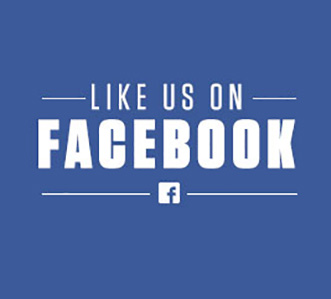August 26th to Labor Day, September 6th
A cherished end-of-summer tradition, the Great Minnesota Get-Together welcomes 2 million guests annually to a world-class showcase of agriculture, entertainment, food, art, science and industry. Perennially popular are the 500 food items (more than 80 on-a-stick); 900 free entertainment shows; Minnesota craft brews and wines; livestock competitions; the Mighty Midway and Kidway; horse shows; CHS Miracle of Birth Center; baking, fine arts, talent, 4-H and FFA contests; 1,000 vendors; hundreds of how-to demonstrations and exhibits for kids and adults; a fireworks show each evening; and more! The Minnesota State Fair is always 12 days ending Labor Day. 6 a.m. – midnight (10 p.m. on Labor Day). Buy Early and Save: Purchase Tickets

About: An Overview

1903 The (Main) Agriculture Building
What began in 1854 as a territorial fair to highlight agriculture and encourage farming in the region became the Minnesota State Fair in 1859, a year after Minnesota was granted statehood. Learn more about the State Fair’s rich history.
Today, often referred to as the “Great Minnesota Get-Together,” the annual Minnesota State Fair is one of the most popular tourist destinations in the region. The fair attracts more than 2 million guests annually. See attendance figures.
This end-of-summer tradition is held the 12 days leading up to and through Labor Day. The 2021 Minnesota State Fair runs Aug. 26-Labor Day, Sept. 6.
The State Fair’s mission is to educate and involve our guests by providing a world-class showcase that is innovative, entertaining and fun. We strive to:
- Showcase Minnesota’s finest agriculture, art and industry
- Present an unparalleled forum for knowledge and ideas
- Provide outstanding customer service
- Offer exceptional value
- Provide a safe, clean environment that is accessible to all
- Create unique experiences
The fair employs nearly 80 year-round full-time staff members. During the summer, about 450 seasonal staff are added. More than 2,300 people are hired as fair-time staff members. Learn more about fair-time employment.
Located mid-way between Minneapolis and St. Paul, the 322-acre Minnesota State Fairgrounds is renowned for its beautiful gardens and architecture reflecting the art deco and Works Progress Administration eras.
Hundreds of events are held on the fairgrounds throughout the year during the non-fair time, including horse and livestock competitions, merchandise sales, expositions, car shows and more. View a calendar of events.
The Minnesota State Fair is a recipient of a 2013-14 BBB Torch Award for Ethics. The Better Business Bureau of Minnesota and North Dakota presents the award annually to companies that display exemplary levels of ethics, customer service and integrity in all aspects of their operations.
Governance
The Minnesota State Fair is a quasi-state agency that is self-supporting. The fair has not received state government appropriations of any kind since 1949.
The fair is governed by the Minnesota State Agricultural Society. Society delegates represent all 87 county fairs in Minnesota, along with a few dozen statewide agricultural groups. A 10-member volunteer board of managers is elected annually from the delegates to set policy and provide oversight for the fair. Nine members represent the society’s nine regional districts, and the 10th (the president) serves at large. The executive vice president serves as the fair’s general manager.
The society finances the annual production of the fair and is responsible for all capital work and maintenance of the fairgrounds, classified as state property. The fair’s income comes from ticket sales, licensing of commercial exhibit space, the rental of fair facilities for non-fair events, and other areas. Expenses include extensive services for fair guests such as Park & Ride buses, sanitation, law enforcement and security, and free stage entertainment, as well as fairgrounds operations and administration.
In addition, in a typical year, the society will invest between $6 million and $20 million in improvements and maintenance to the State Fairgrounds. The state invests nothing.
Economic Impact
The year-round operations of the 2018 Minnesota State Fair generated $268 million in economic impact for the Twin Cities, plus additional unmeasured impact throughout the Midwest.
The Minnesota State Agricultural Society is responsible for the production of the annual State Fair and the year-round operations and maintenance of the 322-acre State Fairgrounds and does not receive state government funding.
Check out the findings from the 2018 State Fair economic impact study.
Minnesota State Fair Foundation
Despite the fair’s long and successful history, there is a need for new funds to improve aging facilities and provide educational programming while retaining traditions. In 2002, community leaders established the Minnesota State Fair Foundation 501(c)(3) as the nonprofit fundraising entity with the mission to preserve and improve the Minnesota State Fairgrounds and support State Fair agricultural, scientific and educational programs.







